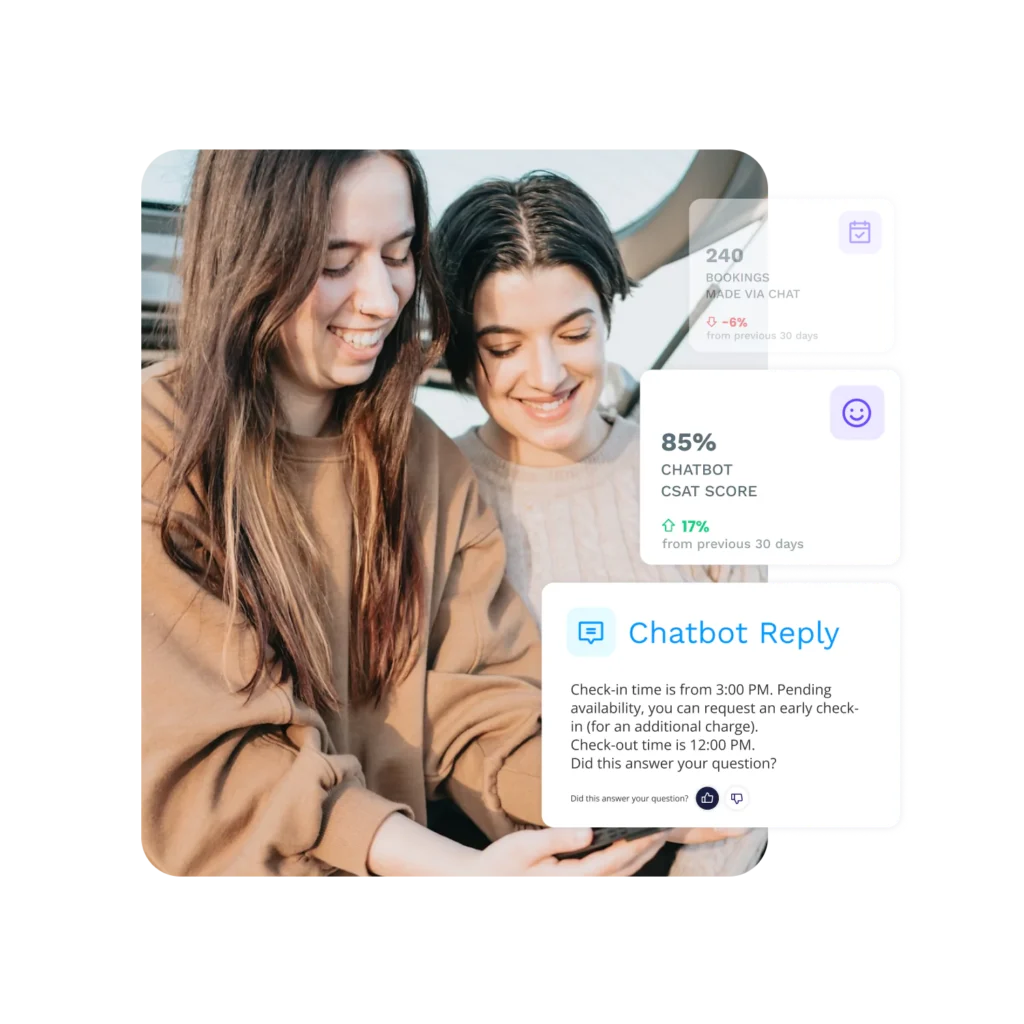Free white paper | AI and the human touch: Where is the line?
In our Explained series, we demystify the intricate technologies that power our AI, Aplysia. In this article, we explore behaviour analysis, its role within the HiJiffy solution, and how it is leveraged for maximum impact.
Understanding behaviour analysis means focusing on how people act and interact. By analysing data, we spot patterns and identify unusual behaviours. Here’s how we apply this in our solution:
Let’s use Instagram as an example here. On Instagram Stories, most replies are emojis or brief comments, but requests and inquiries are common, too. By identifying the purpose of each message, we can respond effectively.
Understanding a sentence involves more than just its structure; context, tone, and cultural norms are crucial. We use tone classification to interpret these complexities, ensuring clear communication.
In general, sentences can be divided into four categories:
Our goal is to identify requests and questions to be forwarded to Aplysia. To achieve this, we focus on imperative, declarative (including exclamatory), and interrogative sentence types.
To achieve this, we employ vector embeddings, which are high-dimensional representations of text that capture the semantic meaning and context of words and phrases. These embeddings allow us to perform nuanced intent classification by analysing the underlying meaning of sentences rather than just their surface structure.
Our sophisticated in-house embedding model is designed to classify each new sentence by comparing it to known sentence types, ensuring that it is categorised into the closest matching type. This process aids in understanding the user’s intent more accurately and efficiently.

Figure: Vector embeddings. Sentences that are similar end up closer together in vector space, making it easy to compare them with new ones.
Every chatbot response offers users a chance to provide feedback with a thumbs up or down. Users provide feedback by selecting either 👍 or 👎.

Negative feedback highlights where improvements are needed. It’s categorised into:
Feedback insights help hoteliers quickly identify the most urgent information to address, preventing similar hotel guest complaints from arising. By focusing on the topics that frequently lead to negative feedback, staff can make improvements that benefit both the hotel and its guests.

Each question comes with related topics used to generate the answer, pinpointing where information might be missing. We’ve listed these questions and their topics and included a direct link to help you improve the related FAQ.

If you are interested in learning more about various technologies used in Aplysia, explore a section of our website dedicated to our artificial intelligence, follow HiJiffy on LinkedIn and subscribe to our newsletter in the footer.
This article is based on technical contributions by Eduardo Machado and Vanda Azevedo from HiJiffy’s AI Team.
Sign up for our monthly newsletter to receive free resources and updates on impactful AI applications in hospitality.